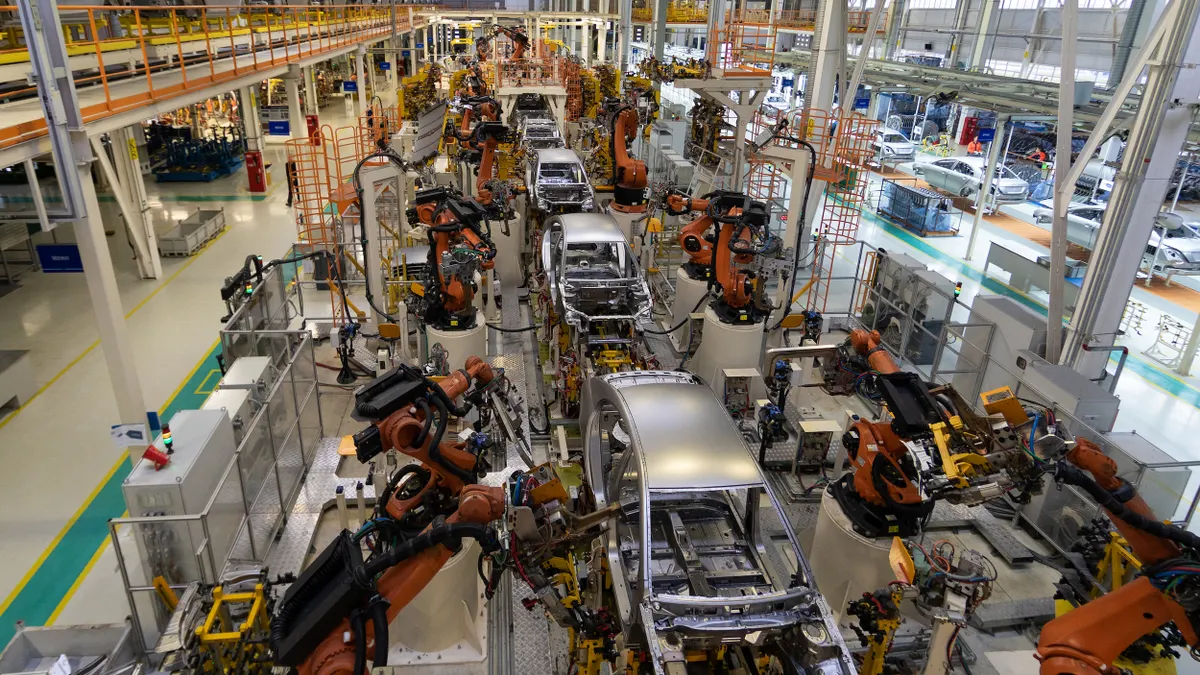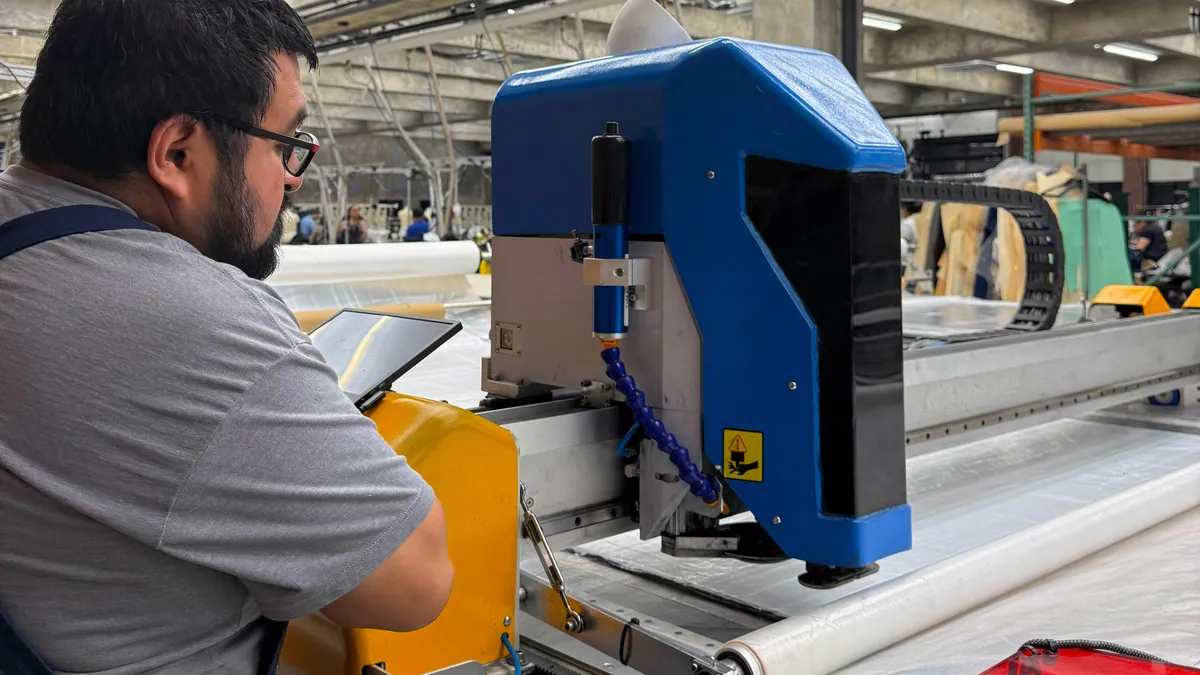As 2026 approaches, manufacturing and industrial organizations are under renewed pressure to balance economic uncertainties and tighter budgets with sector volatility.
Leading procurement teams are shifting their thinking to get ahead. Instead of focusing on short-term cost-cutting that delivers only temporary relief, they’re embracing strategies that unlock long-term value through:
- Savings at scale that push improvements throughout the organization instead of only within a specific team or department
- Deeper financial insights that allow leaders to see where money is spent, identify inefficiencies, and make smarter, data-driven decisions
- Automated spend controls to ensure compliance and eliminate waste without manual oversight
The new priority: generating savings at scale
Driving sustainable savings starts with implementing smarter purchasing habits, gaining centralized spend visibility, and building efficiencies across all teams and locations. Instead of making isolated cost cuts in 2025, organizations can use digital procurement to impact savings significantly.
For example, driving savings at scale can:
- Improve profitability across multiple product lines by standardizing procurement practices and pricing agreements
- Empower cross-functional teams to collaborate using unified analytics
- Reduce inventory costs through optimized reorder points and predictive analytics
- Simplify approvals and compliance to ensure process consistency and reduce maverick spend
“Opting for a short-term cost reduction strategy — like switching to a more affordable supplier without considering long-term quality or reliability — can be shortsighted,” said Brent Heller, head of manufacturing and industrials at Amazon Business. “A smarter, savings-at-scale approach focuses on consolidating suppliers, leveraging bulk purchasing power, and building supplier relationships. This not only ensures consistent pricing and quality but also drives sustainable value over the long term.”
Turning procurement data into financial insights
Spend analysis tools can bring detailed cost and supplier data to the surface to enable proactive financial decision-making. These tools allow you to identify patterns, predict needs, and redirect resources.
For example, these solutions can:
- Help identify overspending, track departmental trends, and reveal hidden expenses that add up over time so you can take corrective action before issues escalate
- Equip leaders to renegotiate contracts, redirect resources, and spot patterns before they become costly issues
- Offer insight into hidden costs, such as expedited shipping fees or penalties for not meeting order minimums, to enable more strategic negotiations and spend reduction
“Actionable procurement insights like these empower procurement leaders to make data-driven decisions,” Heller said. “Without them, leaders are left navigating blind spots, leading to inefficiencies, missed opportunities, and higher costs.”
Automating cost control for ongoing impact
Moving from manual oversight to automation is a hallmark of next-generation procurement models as 2026 takes hold. Automating essential processes like ordering, approval workflows, and compliance guardrails can amplify savings and eliminate unnecessary manual labor.
For manufacturers, automation must also tackle the persistent challenge of data consolidation. By unifying procurement systems and standardizing supplier information, manufacturers can:
- Streamline supplier onboarding to speed up readiness for new projects and production lines
- Consolidate and clean up messy ERP or category data to create a single source of truth
- Integrate legacy systems following mergers, acquisitions, or organizational shifts
- Simplify compliance processes so that teams don’t face friction or bottlenecks at every purchase
- Bring rogue spend under control across distributed, multi-site teams
In manufacturing, this level of automation could do things like:
- Enforce preferred product lists by automatically preventing unnecessary or out-of-policy purchases
- Set automated reorder points that help avoid expensive last-minute buys and shortages
- Establish policy guardrails that keep purchases in line with budget and compliance requirements
“A manufacturer using automated cost control might implement software that tracks raw material prices in real time,” Heller said. “If the price of a key material spikes, the system could automatically suggest alternative suppliers or trigger a renegotiation with the current supplier. This proactive approach minimizes disruptions and ensures cost efficiency.”
Building a procurement model for what’s next
The future of procurement is built not only on savings but also on strategy: Manufacturers must combine scalable savings, real-time insights, and automation to drive sustainable growth, improve investment strategies, and maintain agility.
And at the heart of this transformation are digital procurement solutions that centralize data, streamline supplier management, use AI to identify trends and opportunities, and provide a holistic view of procurement and financial performance.
“In 2026, success will hinge on embracing technology and adopting a forward-thinking mindset,” Heller said. “Invest in digital tools that enhance visibility, scalability, and resilience. Strengthen supplier relationships, prioritize sustainability, and above all, cultivate a culture of continuous improvement. The manufacturers who adapt quickly and strategically will set the pace for the industry.”
Amazon Business stands ready to partner with manufacturers to empower procurement teams and drive the financial resilience needed for long-term success in 2026 and beyond.










